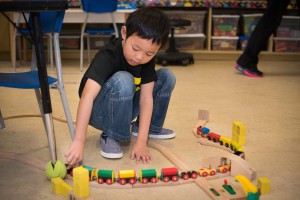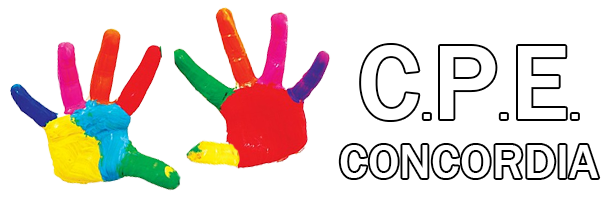
Busy Bees
Welcome!
WELCOME TO THE BUSY BEES CLASS! Our name says it all. Welcome to new experiences. Our two’s group use hand-on exploration and social interaction in a safe, warm and stimulating environment to help them learn about their expanding world. Through the loving guidance and support of two qualified educators, the young learners explore and experience the environment around them. The educators support the children as they assert their independence, experiment with socializing and learning new skills.

The Two’s Schedule
- Morning and Afternoon Circle Time: The weekly or bi-weekly theme-activities are introduced (singing, dancing, listening to stories and playing games).
- Activities in the Learning Centers: Free-play in the different theme-related learning centers.
- Routines: Daily Routines/Toileting Routines /Snack/Free-play in classroom.
- Lunch and nap time: To nourish and to rest your child’s growing mind and growing body.
- Outdoor play: Play twice a day to release their abundance of energy and to develop their gross motor skills.
Main Goals for this Group
To provide a warm and stimulating learning environment. To help them develop skills (language, listening, sharing, working together and learning through play).
Goals and Objectives
Physical Development:
- Large motor: To encourage movement through a variety of indoor/outdoor play activities.
- Small motor: To provide and encourage hand-eye coordination (beads, cutting, lacing).
- Eye-hand coordination: To encourage children to use toys, books and other tools.
Social Development:
- Independence: To provide choices, to encourage self-motivation, and to promote social skills through interaction with peers and with adults.
- Self-Esteem: To provide positive reinforcement and to encourage self-exploration through sharing of feelings, stories and dramatic play.
- Social experiences: To provide opportunities for and to encourage positive social experiences with friends and with adults, keeping in mind the age and developmental stages.
Emotional Development:
- Feelings: To provide words of an emotional nature that can be used to label and to identify feelings as teachers talk with young children.
- Self-Esteem: To help identify and to express some feelings(happy, sad, angry…) that children feel.
- Social experiences: To provide opportunities and to encourage children to express themselves through social interactions with friends and with adults.
- Daycare Environment: To install a feeling of comfort and security associated with the daycare setting.
Self-Help Skills:
- Routines: To familiarize the child with the basic routines carried throughout the day and to have these routines followed with as much ease as possible.
- Repetition: To promote age-appropriate self-help skills (i.e. eating, toileting, dressing, undressing by oneself) through modelling and through repetition.
Cognitive Development:
- Language: To encourage speech through free-play in different centers, circle time (large group, small group or individual).
- Cognitive: To promote the exploration of shapes, colors, books, and matching games.
- Creative: To encourage creativity through music activities, art activities, dancing activities and dramatic play.
Educator’s Goals
- To provide a safe, secure and interesting environment.
- To instill a feeling of confort and security associated with the daycare setting where the children feel comfortable while they are away from their family and their home.
- To provide a learning environment here the children have the tools to excel at their own pace.
- To encourage participation in various age-appropriate experiences (i.e.: music, painting, gross/fine motor etc…)which are both beneficial and enjoyable to the child through manipulation, imitation and repetition.
- To promote age-appropriate self-help skills through positive encouragement, modelling and repetition.
You may download a copy of our Busy Bees class goals here.
DOWNLOAD
